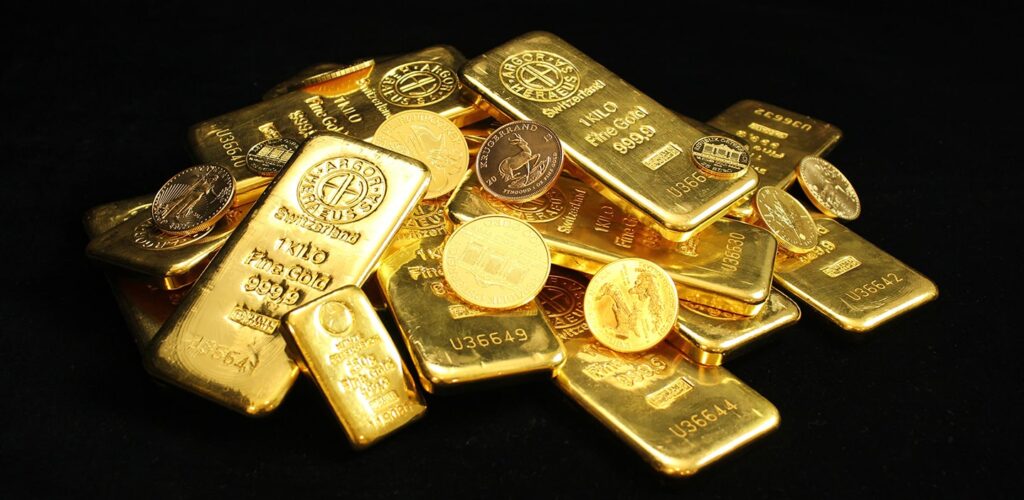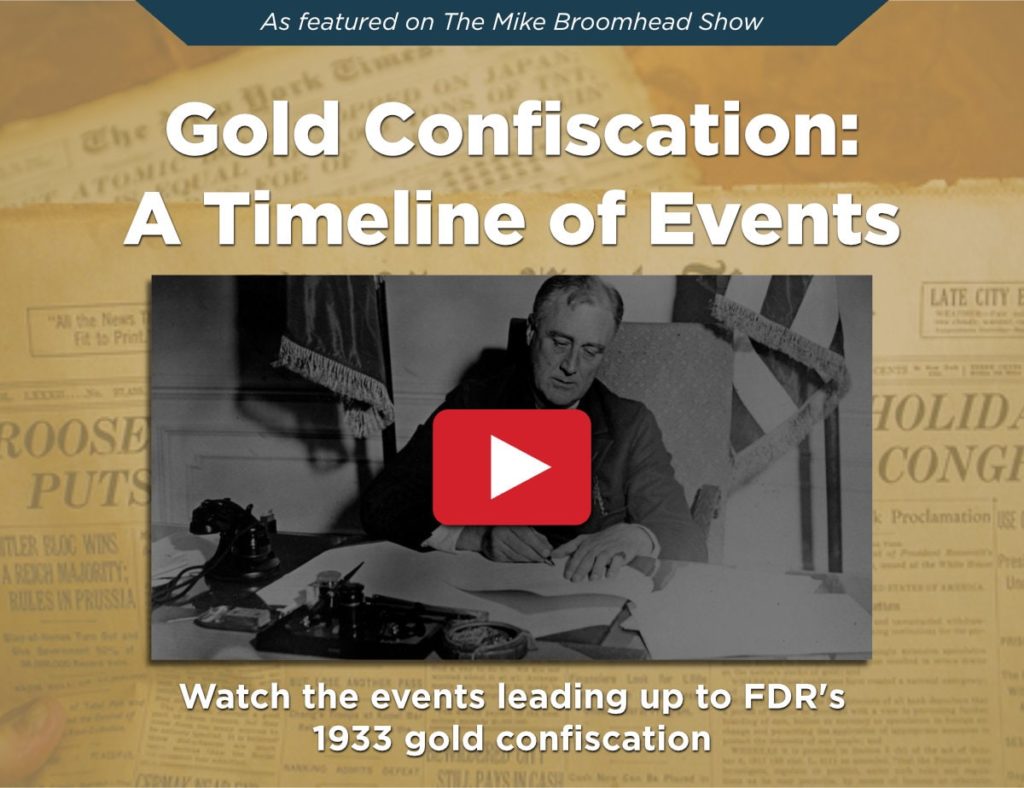As the calendar barrels toward election day, investors are increasingly unsure how the presidential race will shake out economically. Although the candidates are in a dead heat and nobody can predict the outcome accurately, history can offer some interesting insights into how presidential races affect the broader economy.
In this week’s The Gold Spot, Scottsdale Bullion & Coin Founder Eric Sepanek and Precious Metals Advisor John Karow look in the country’s rearview mirror to see what prior events might suggest about the not-so-distant future and how investors can best protect their wealth moving forward.
The 1932 Election
In the throes of the 1929 stock market crash, dubbed “Black Tuesday,” the electorate was infuriated with the government’s financial failures. This widespread discontent and distrust of financial leadership colored the 1932 election between Franklin D. Roosevelt and Herbert Hoover. As the incumbent, Hoover lost the election due to overwhelming disapproval of his handling of the economy. Roosevelt’s radical vision took root soon after, launching one of the most significant upheavals of the US monetary system.
The Emergency Banking Act
President Roosevelt passed the controversial Emergency Banking Act of 1933 on his first full day in office. In an attempt to stabilize the hemorrhaging banking system, the presidency granted itself far-reaching powers over the sector. All too predictably, Congress passed the bill without receiving much scrutiny or pushback. Shortly thereafter, Roosevelt prohibited Americans from holding gold bullion coins, gold bars, and certificates, barring a few minor carveouts.
Transitioning From Gold to Fiat
Economists argue whether the economy’s dire straits justified Roosevelt’s actions, but there’s no denying the severe consequences of this drastic monetary shift. In effect, Roosevelt violently tore out the gold standard as the country’s financial foundation. Since then, the dollar has been a free-floating currency, not tethered to anything but the government’s word.
The landmark Emergency Banking Act’s reverberations are still being felt today. Presidents continue to use its broad provisions to justify their economic interventions, which only leads to greater deficits and more debt.
“What we're seeing today is the ultimate evolution of the [Gold Confiscation Act]. Money is digits. Money is a concept. There's no penalty for overspending. In fact, the government is encouraged to increase the money supply over and over with no recourse.”
World Reserve Currency?
Gold wasn’t a backseat rider to the dollar’s central role on the global stage. It was the springboard that launched the greenback into position as the world reserve currency. In the past, every dollar spent by the government had to be backed by 40% gold. With the abandonment of the gold standard, investors now have to take the word of a feckless government.
Gold is money. It’s the reason why the dollar was the worldwide currency.–
This obvious pitfall has generated a lot of dollar disillusionment as countries start to view the debt-laden dollar as an unnecessary threat instead of a valuable asset. The emergence of the BRICS nations and their push for de-dollarization is a direct result of the dollar’s debasement from gold, a widely recognized asset with inherent value.
The Reemergence of Gold

Gold is inadvertently retaking center stage as the dollar’s weakness results in a worldwide transition into safe-haven assets. Countries turning their backs on the USD aren’t taking another risk on a fiat currency. With a rapidly growing $35 trillion national debt, it’s evident that even the most powerful economy in the world can’t escape the shortcomings of paper money. That’s precisely why central banks bought gold at record rates in 2022, 2023, and the first half of 2024.
Safeguard Your Wealth
Many questions dot the economic horizon, but a few factors are certain: The strength of the U.S. dollar is waning quickly, the national debt (and the cost to service it) is reaching unsustainable levels, and the government has no serious plans to address overspending.
Smart money investors are done looking to the financial elites to steer the ship to calmer waters, knowing they’re the cause of the storm. Major financial institutions such as Bank of America and Goldman Sachs are pleading with investors to follow in the footsteps of central banks by protecting their wealth with gold. They’re not taking the risk, so why should you?
Watch This Related Video Report
Question or Comments?
If you have any questions about today’s topics or want to see us discuss something specific in a future The Gold Spot episode, please add them here.
Comment




Questions or Comments?
"*" indicates required fields